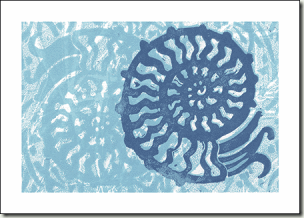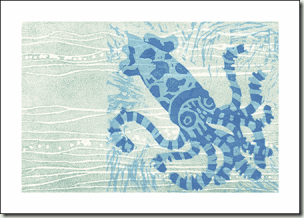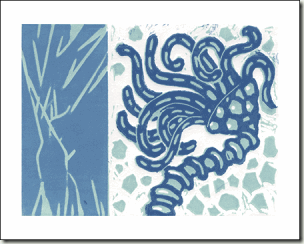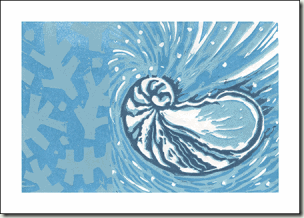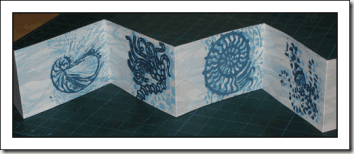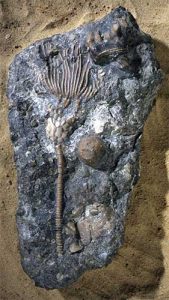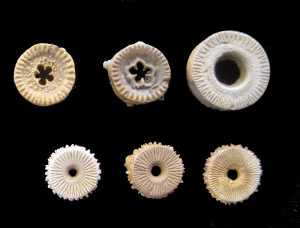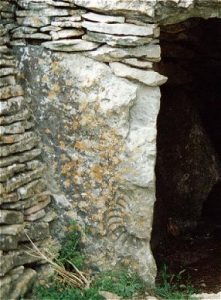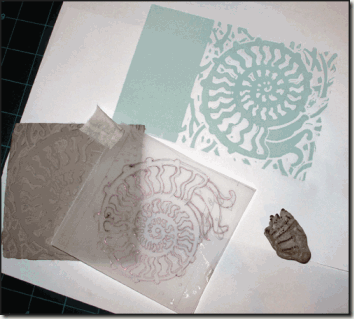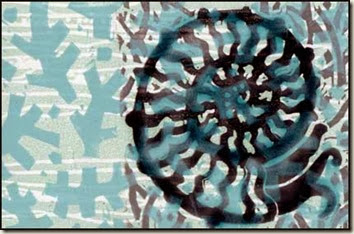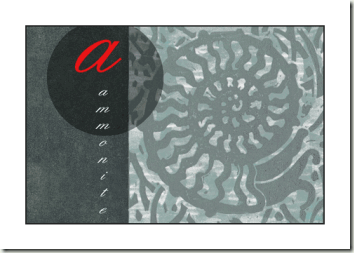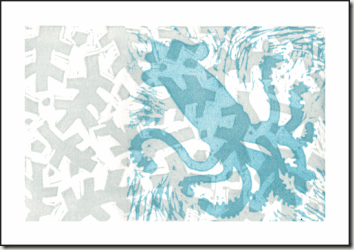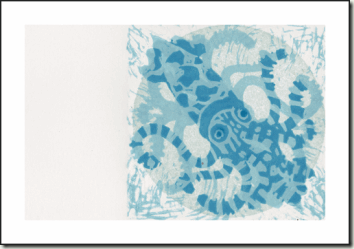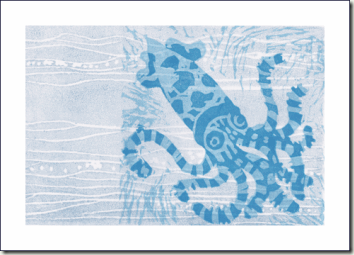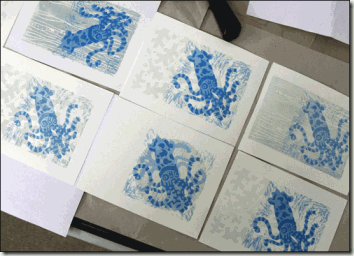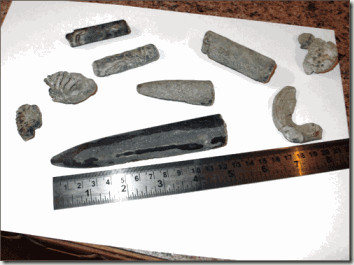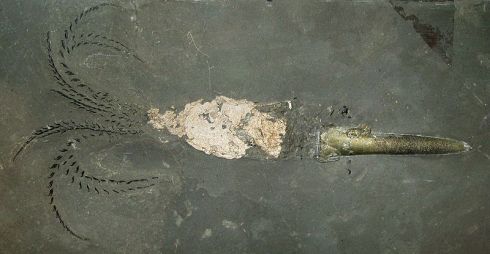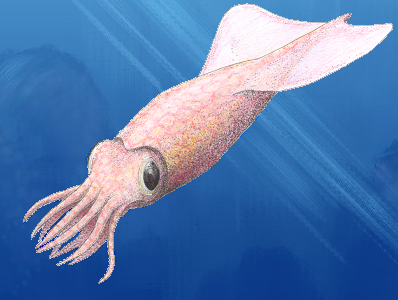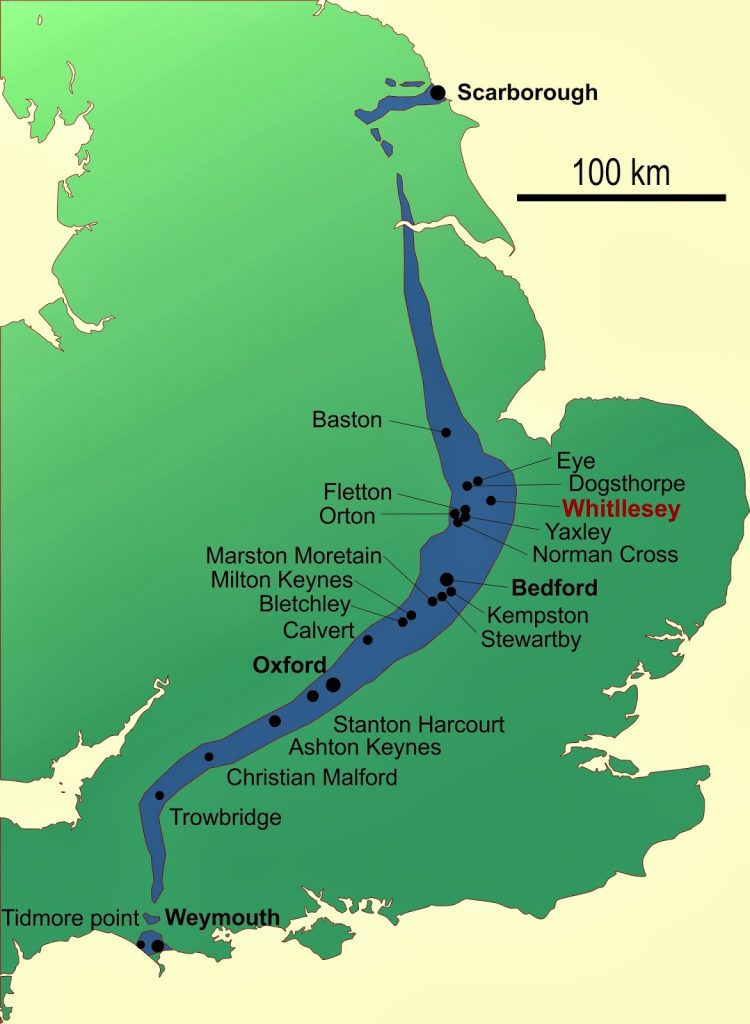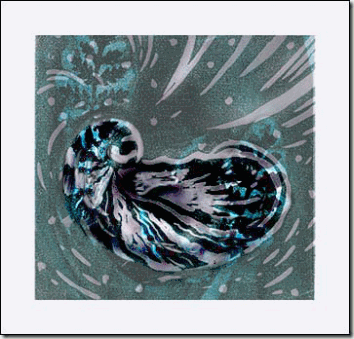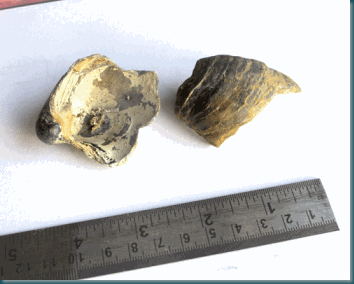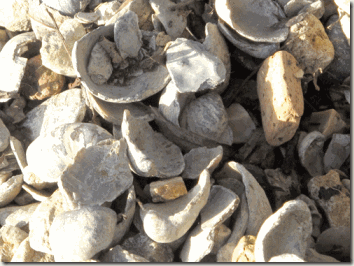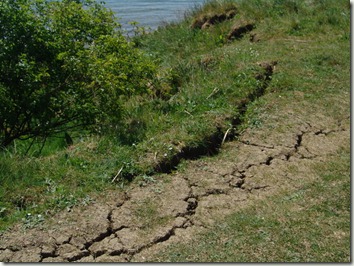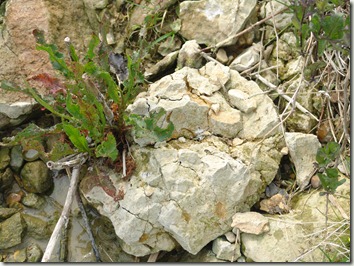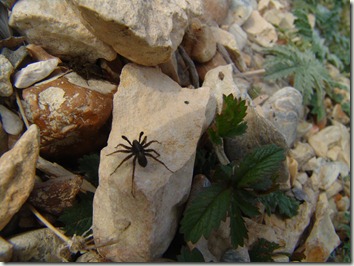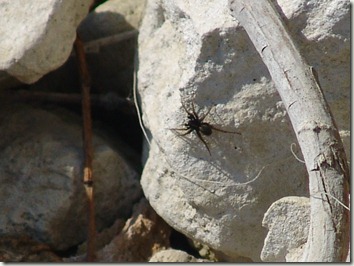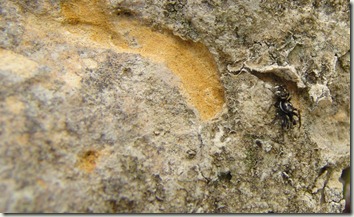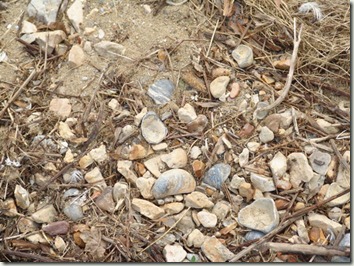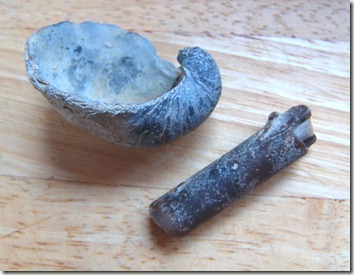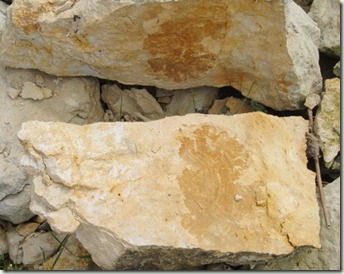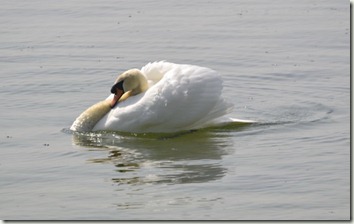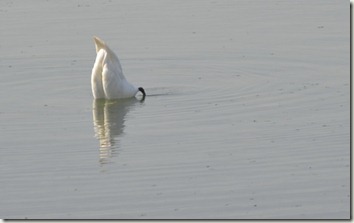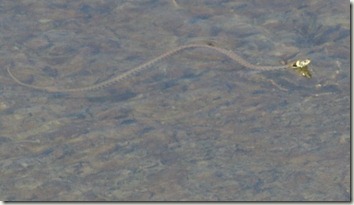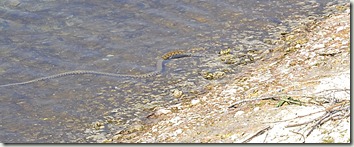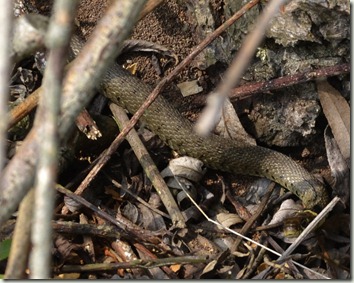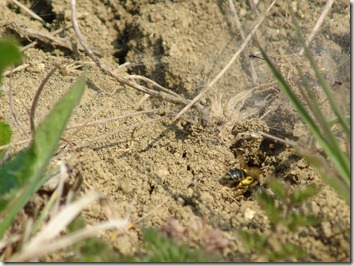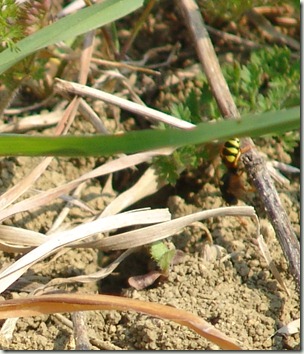The reservoir shoreline is being exposed a little more every day as the warm windy weather continues. Rocks are left high and dry and thistles are edging relentlessly into fish territory.
The crusty edge of the land is developing the flaky cracks and deep fissures of a high baked loaf. Big sandy rocks interspersed with pebbles and shingly sand are splitting and crumbling.
The graceful weeping willows barely brush the retreating surface of the water.


On the land side the bleached white world of shoreline stones and pebbles is patrolled by many tiny black spiders .. what they eat I cannot imagine?
They are skittish and shy and scamper about their mountain ranges casting spidery little shadows and stopping to bask in the sun from time to time.


There are occasional well disguised little jumping zebra spiders too.

They, of course, pay scant regard to their ancient landscape but some of the intermittent shingle beaches seem to be almost entirely made up of lumpy fossil gryphaea, bivalve shell relics of another unimaginable age.
I read that the shore line of Grafham water exposes Oxford Clay which is comprised of :
…mainly brownish-grey, fissile, organic-rich (bituminous) mudstones with shelly fauna dominated by crushed aragonitic ammonites and bivalves, including nuculoid and meleagrinella shell-beds”

It was in one of these shell beds I found a fossilised twiggy thing of some kind. It is curiously beautiful. The pith inside whatever it was is clearly visible and there is a leaf scar of some sort. I know nothing about fossils at all but I do find it incredible that I can hold something in my hand that may date back some 154 to 159.4 million Years.

A rock had split to expose this beautiful frondy pattern.. How long has it been hidden?

Off shore there are lots of these:

Sometimes regal and graceful and sometimes not.

And one day last week we saw a distant swimming snake.
It’s a startling sight, seeing this curious creature, one minute gliding through the water, the next slithering along the ground. It makes you catch you breath.
It was just a pretty banded grass snake equally at home zigzaging silently through water, as coiling around the rocks and pebbles on the beach. It was quite difficult to see, with just its head above the water. Sometimes it swam completely submerged.


I was even more surprised to see it later that day but much further round the reservoir. Both of us were startled. I was photographing a bee which was investigating an old tree stump by the water when the snake suddenly appeared, winding itself round the base of the roots.

I wish I had been quicker and been able to take a better photograph. I have not see it since. Shore lines are so fascinating and, yes, there are bees as well. Taking advantage of the sandy banks for a nest site, an Andrena of some kind disappears down a hole, stalked by a ubiquitous, opportunist and sinister Nomada bee.


And we are still lulled to sleep by the humming house, the Mason bees are still busy.

